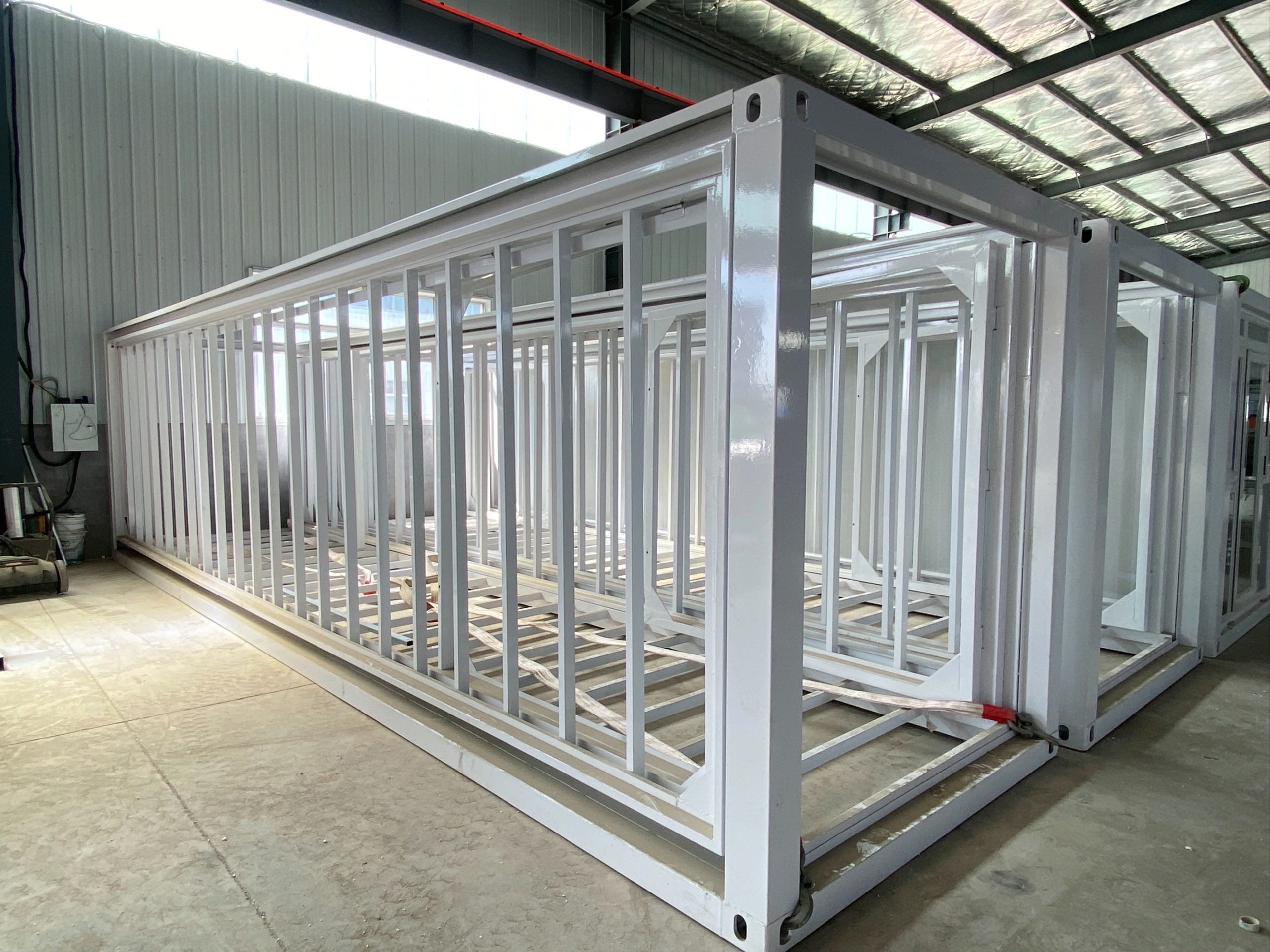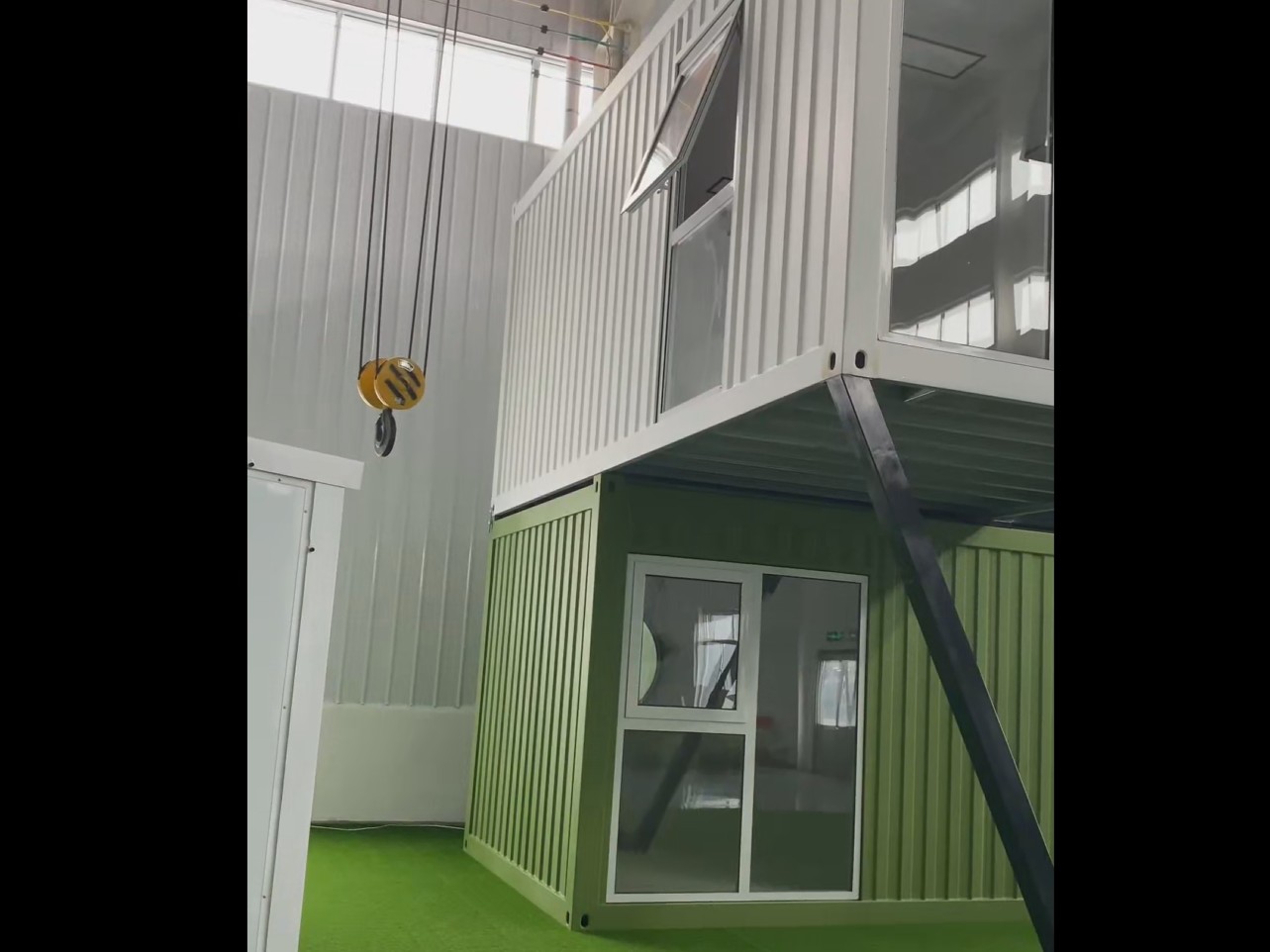Table of Contents
Seismic Performance Evaluation of Steel Structures: Methods and Techniques
Steel structures are commonly used in construction due to their strength, durability, and flexibility. However, when it comes to seismic events, the performance of steel structures can vary depending on various factors. In order to ensure the Safety and stability of steel structures during earthquakes, it is essential to analyze and evaluate their seismic performance using appropriate methods and techniques.
One of the key factors that influence the seismic performance of steel structures is their design. The design of a steel structure should take into account the expected seismic forces that it will be subjected to. This involves considering the location of the structure, the local seismic hazard, and the structural characteristics of the building. By designing a steel structure to withstand seismic forces, engineers can minimize the risk of structural failure during an earthquake.
In addition to design, the materials used in the construction of steel structures also play a crucial role in their seismic performance. High-quality steel with good ductility and strength is essential for ensuring the stability of a structure during seismic events. The connections between steel members should also be carefully designed to provide adequate strength and flexibility. By using the right materials and connections, engineers can enhance the seismic performance of steel structures and reduce the risk of damage.
To evaluate the seismic performance of a steel structure, engineers use a variety of methods and techniques. One common approach is to conduct a seismic analysis, which involves simulating the effects of an earthquake on the structure. This allows engineers to assess how the structure will respond to different seismic forces and identify any potential weaknesses. By analyzing the results of the seismic analysis, engineers can make informed decisions about how to improve the seismic performance of the structure.
Another important technique for evaluating the seismic performance of steel structures is shake table testing. In shake table testing, a scale model of the structure is subjected to simulated seismic forces on a large vibrating table. This allows engineers to observe how the structure responds to different Levels of shaking and identify any areas of weakness. Shake table testing provides valuable data that can be used to improve the design and construction of steel structures.
In addition to seismic analysis and shake table testing, engineers may also use computer modeling and numerical simulations to evaluate the seismic performance of steel structures. These techniques allow engineers to analyze the behavior of a structure under different seismic conditions and assess its overall stability. By combining these methods and techniques, engineers can gain a comprehensive understanding of the seismic performance of a steel structure and make informed decisions about how to enhance its safety and stability.
Overall, the analysis and evaluation of the seismic performance of steel structures are essential for ensuring the safety and stability of buildings during earthquakes. By considering factors such as design, materials, and construction techniques, engineers can enhance the seismic performance of steel structures and reduce the risk of damage. Through the use of advanced methods and techniques, engineers can make informed decisions about how to improve the seismic performance of steel structures and enhance their resilience to seismic events.
Importance of Analyzing Seismic Performance in Steel Structures
Steel structures are commonly used in construction due to their strength, durability, and versatility. However, in regions prone to seismic activity, it is crucial to analyze and evaluate the seismic performance of steel structures to ensure their safety and stability during an earthquake. This article will discuss the importance of analyzing seismic performance in steel structures and the methods used to evaluate their behavior under seismic loading.
Seismic performance refers to the ability of a structure to withstand the forces generated by an earthquake without suffering significant damage or collapse. Steel structures are inherently flexible and ductile, which makes them well-suited for withstanding seismic forces. However, the behavior of steel structures under seismic loading can be complex and requires careful analysis to ensure their performance meets safety standards.

One of the key reasons for analyzing the seismic performance of steel structures is to protect the safety of occupants and minimize the risk of structural failure during an earthquake. By understanding how a steel structure will behave under seismic loading, engineers can design buildings that are more resilient and less likely to collapse in the event of an earthquake. This is particularly important in regions with high seismic activity, where the risk of earthquakes is significant.
Another reason for analyzing seismic performance in steel structures is to comply with building codes and regulations. Many countries have specific requirements for the design and construction of buildings in seismic zones to ensure their safety and stability during an earthquake. By conducting a thorough analysis of the seismic performance of a steel structure, engineers can ensure that it meets the necessary standards and regulations for seismic design.
There are several methods used to evaluate the seismic performance of steel structures, including analytical modeling, numerical simulations, and physical testing. Analytical modeling involves using mathematical equations and computer Software to predict the behavior of a steel structure under seismic loading. This method allows engineers to assess the structural response to different earthquake scenarios and identify potential weaknesses in the design.
Numerical simulations, such as finite element analysis, are another common method used to evaluate the seismic performance of steel structures. These simulations involve dividing the structure into smaller elements and analyzing how they interact under seismic loading. By running simulations with different earthquake intensities and ground motions, engineers can assess the structural response and make necessary design modifications to improve the performance of the steel structure.
Physical testing is also an important method for evaluating the seismic performance of steel structures. This involves subjecting a scaled model of the structure to simulated earthquake forces in a laboratory setting. By measuring the response of the model during testing, engineers can validate their analytical and numerical models and ensure that the structure will perform as expected during an earthquake.

In conclusion, analyzing and evaluating the seismic performance of steel structures is essential for ensuring their safety and stability during an earthquake. By understanding how steel structures behave under seismic loading and using appropriate methods to assess their performance, engineers can design buildings that are more resilient and less likely to collapse in the event of an earthquake. This not only protects the safety of occupants but also helps to comply with building codes and regulations for seismic design.
